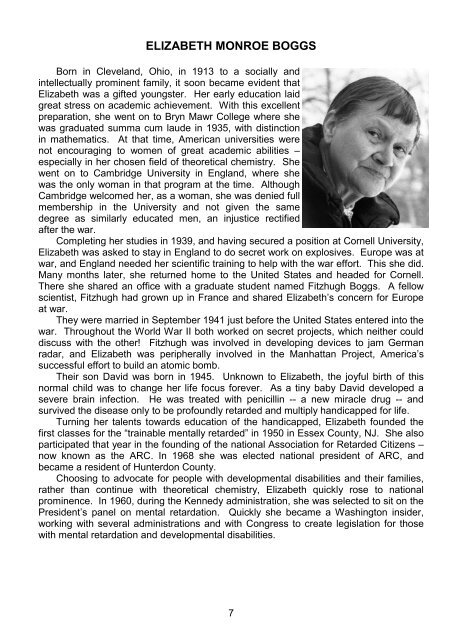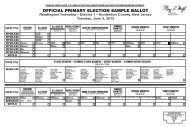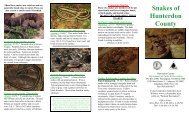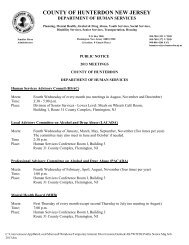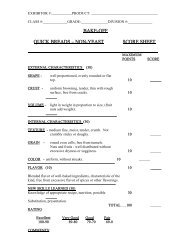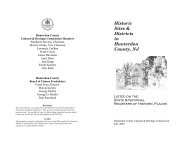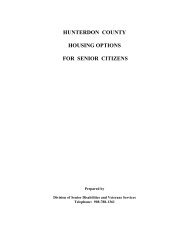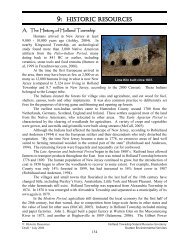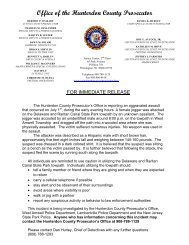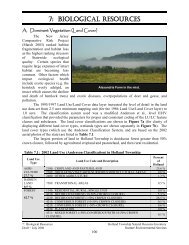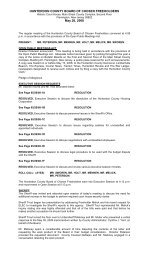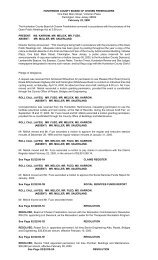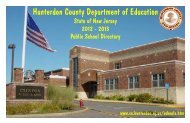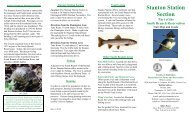You also want an ePaper? Increase the reach of your titles
YUMPU automatically turns print PDFs into web optimized ePapers that Google loves.
ELIZABETH MONROE BOGGS<br />
Born in Cleveland, Ohio, in 1913 to a socially and<br />
intellectually prominent family, it soon became evident that<br />
Elizabeth was a gifted youngster. Her early education laid<br />
great stress on academic achievement. With this excellent<br />
preparation, she went on to Bryn Mawr College where she<br />
was graduated summa cum laude in 1935, with distinction<br />
in mathematics. At that time, American universities were<br />
not encouraging to women of great academic abilities –<br />
especially in her chosen field of theoretical chemistry. She<br />
went on to Cambridge University in England, where she<br />
was the only woman in that program at the time. Although<br />
Cambridge welcomed her, as a woman, she was denied full<br />
membership in the University and not given the same<br />
degree as similarly educated men, an injustice rectified<br />
after the war.<br />
Completing her studies in 1939, and having secured a position at Cornell University,<br />
Elizabeth was asked to stay in England to do secret work on explosives. Europe was at<br />
war, and England needed her scientific training to help with the war effort. This she did.<br />
Many months later, she returned home to the United States and headed for Cornell.<br />
There she shared an office with a graduate student named Fitzhugh Boggs. A fellow<br />
scientist, Fitzhugh had grown up in France and shared Elizabeth’s concern for Europe<br />
at war.<br />
They were married in September 1941 just before the United States entered into the<br />
war. Throughout the World War II both worked on secret projects, which neither could<br />
discuss with the other! Fitzhugh was involved in developing devices to jam German<br />
radar, and Elizabeth was peripherally involved in the Manhattan Project, America’s<br />
successful effort to build an atomic bomb.<br />
Their son David was born in 1945. Unknown to Elizabeth, the joyful birth of this<br />
normal child was to change her life focus forever. As a tiny baby David developed a<br />
severe brain infection. He was treated with penicillin -- a new miracle drug -- and<br />
survived the disease only to be profoundly retarded and multiply handicapped for life.<br />
Turning her talents towards education of the handicapped, Elizabeth founded the<br />
first classes for the “trainable mentally retarded” in 1950 in Essex <strong>County</strong>, NJ. She also<br />
participated that year in the founding of the national Association for Retarded Citizens –<br />
now known as the ARC. In 1968 she was elected national president of ARC, and<br />
became a resident of <strong>Hunterdon</strong> <strong>County</strong>.<br />
Choosing to advocate for people with developmental disabilities and their families,<br />
rather than continue with theoretical chemistry, Elizabeth quickly rose to national<br />
prominence. In 1960, during the Kennedy administration, she was selected to sit on the<br />
President’s panel on mental retardation. Quickly she became a Washington insider,<br />
working with several administrations and with Congress to create legislation for those<br />
with mental retardation and developmental disabilities.<br />
7


